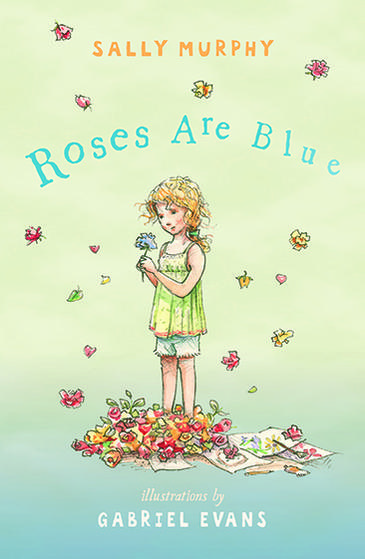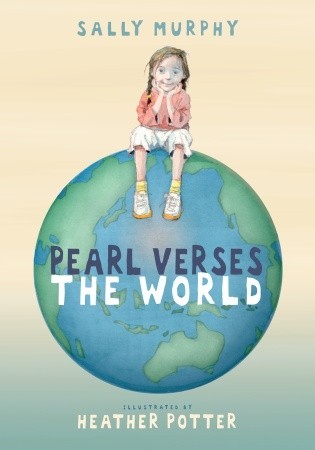It’s Teacher Tuesday – though, if you are a regular visitor her you might notice that my Tuesday posts have been a little lax. Apologies: I have been busy with many things, but the good news is that a lot of those things centre around books and writing and poetry.
Speaking of poetry, there is still plenty of time to encourage your students to enter the annual Dorothea Mackellar Poetry Awards, open to school aged students from anywhere in Australia. A writing contest is a brilliant way of motivating young writers to write – and, whether or not they win a prize, their poetry is written by a new audience, and every entrant is recognised with a certificate.
If you are wondering where to start, why not begin my just reading – and sharing – lots of different poetry in your classroom? Here are eight wonderful poetry books that you can access in Australia and that I personally own and thus am able to recommend.
1. , Poems from a Green and Blue Planet, edited by Sabrina Mahfouz (Hodder, 2019). This anthology is stunning. The cover art (by Aaron Cushley) is supplemented with internal spot illustrations, and the range of poetry is outstanding Including original poems, contemporary poems and classics, the theme is celebrating life on Earth. Suitable for primarya nd secondary readers – and adults too.
2.Untangling Spaghetti: Selected Poems, by Steven Herrick (UQp, 2009). Steven Herrick is the best poet for children and teens in Australia so, while I’ve chosen this collection for this book, any of his other collections or his verse novels could equally have been on this list. Humour, pathos, wry observations and more in accessible free verse with a lot to offer middle and upper primary students especially.
3.Guinea Pig Town and Other Animal Poems, by Lorraine Marwood (Walker Books, 2013) . Another eminent and accessible Australian poet, and again there were several titles I could recommend, but I have chosen this one because it is a themed collection, which can provide a lot of food for thought and opportunities to consider the different ways a topic can be explored in poetry. Suitable across the primary grades.
4. Common Wealth, by Gregg Dreise (Scholastic, 2021). This is one of my favourite picture books for classroom use at the moment, but is also a slam poem, and so a wonderful poetry resource – modelling the slam style as a tool for persuasive writing. In your classroom it could be used to cover a range of writing and curriculum areas.
5. What Snail Knows, by Kathryn Apel (ill. by Mandy Foot) (UQP, 2022). This is a verse novel – a story told using free verse, and again, I could have chosne any one of Apel’s verse novels to include in this list. Verse novels offer a wonderful way to explore narrative and poetry at the same time, and this one provides many opportunities to inspire poetry writing, including shape poetry.
6. Roar Squeak Purr: A New Zealand Treasury of Animal Poems, edited by Paula Green & illustrated by Jenny Cooper (Penguin, 2022). I know I have already included an animal themed collection, but this anthology is stunning, and one my favourite books of 2022. Poems about all kinds of animals – from New Zealand and beyond. Eevery library should have htis – and evry classroom and home too.
7 , What is Poetry? by Michael Rosen (Walker Books, 2017). English poet and amazing person Michael Rosen is THE go to for children’s poetry and only falls so far down this list because I wanted to finish the list with two how-to books. This one is about both how to read and how to write poetry, and can be read by children but also by teachers. It is brilliant, but also check out Rosen’s other poetry and his website and his YouTube and…
8. Teaching Poetry for Pleasure and Purpose, by Sally Murphy (PETAA, 2021). I am really proud of this book because it is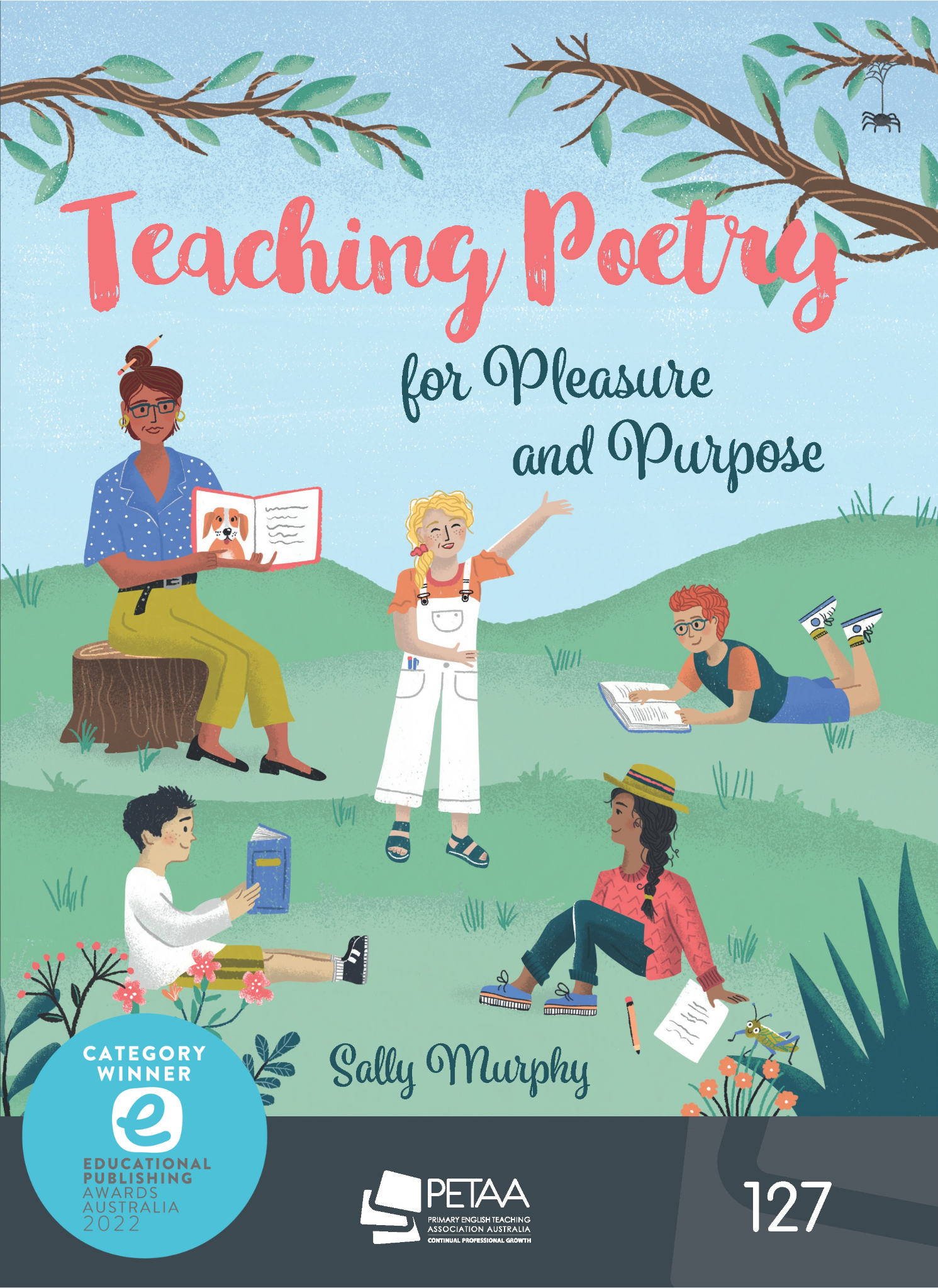 the book I wished I had when I was classroom teaching. It unpacks the Australian curriculum as it relates to poetry and for every Primary School year level it then gives a range of lesson ideas, both reading and writing, and a selection of poems (mostly Australian) and other resource suggestions. I’d be recommending this one even if I didn’t write it.
the book I wished I had when I was classroom teaching. It unpacks the Australian curriculum as it relates to poetry and for every Primary School year level it then gives a range of lesson ideas, both reading and writing, and a selection of poems (mostly Australian) and other resource suggestions. I’d be recommending this one even if I didn’t write it.
I could go on and on listing books here, but sometimes lists can be overwhelming – so here are eight wonderful books for you to get started – but if you need a recommendation for a specific age group or topic, contact me, or comment here, and I will have a suggestion. And if there is a topic you would like me to cover in a future Teacher Tuesday post, hit me up!
And, again, don’t forget that the Dorothea Mackellar Poetry contest is now open for entries. It’s a wonderful opportunity for the young poets in your classroom or your home. 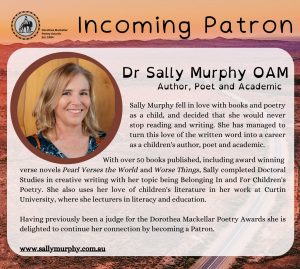 Australia-wide.
Australia-wide.
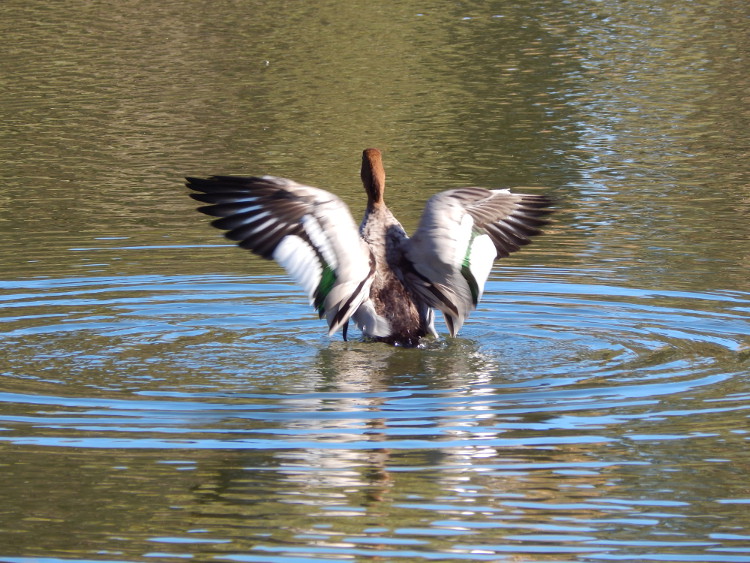
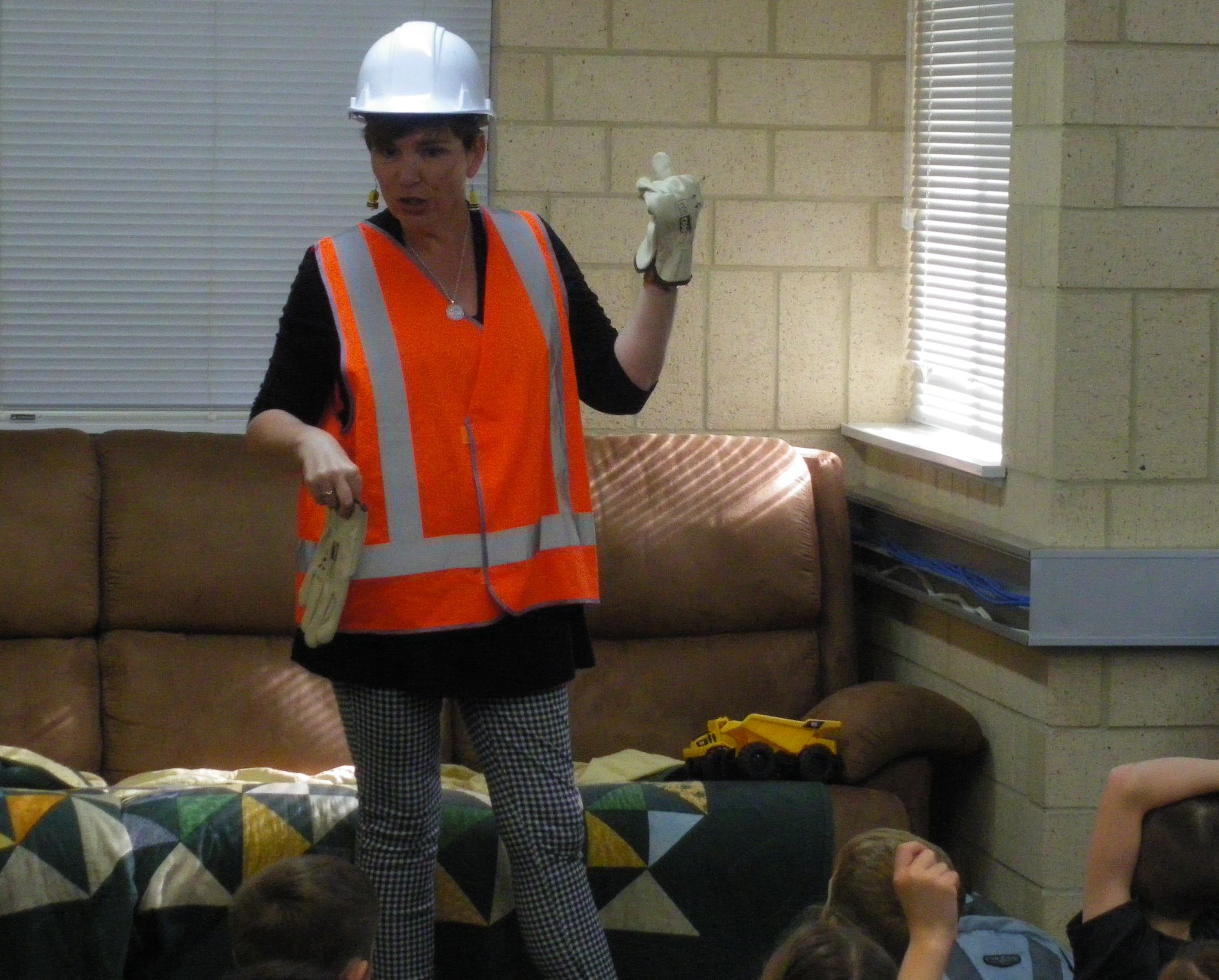
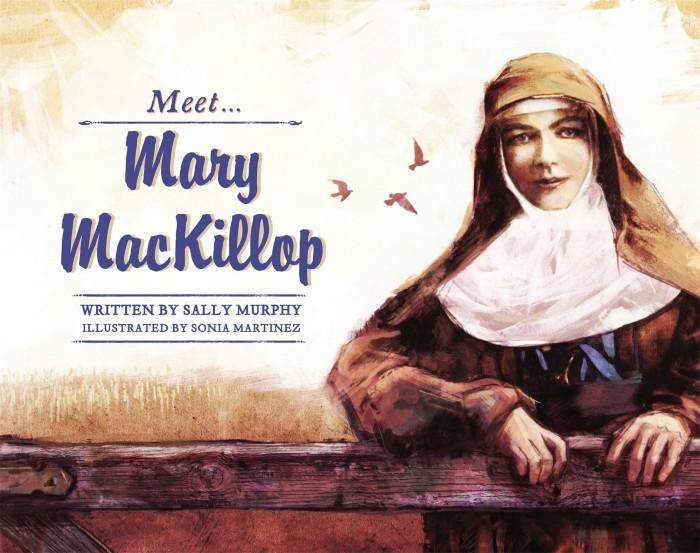 Using Meet Mary MacKillop in a Year Four Classroom
Using Meet Mary MacKillop in a Year Four Classroom elements of a letter, and draft and write a letter. the theme of letters is also part of my book
elements of a letter, and draft and write a letter. the theme of letters is also part of my book 